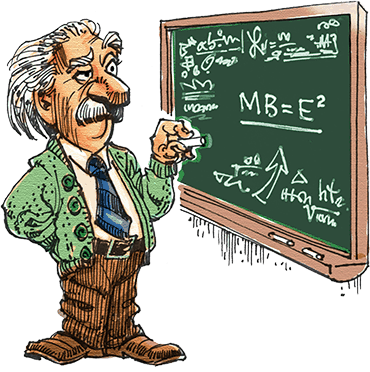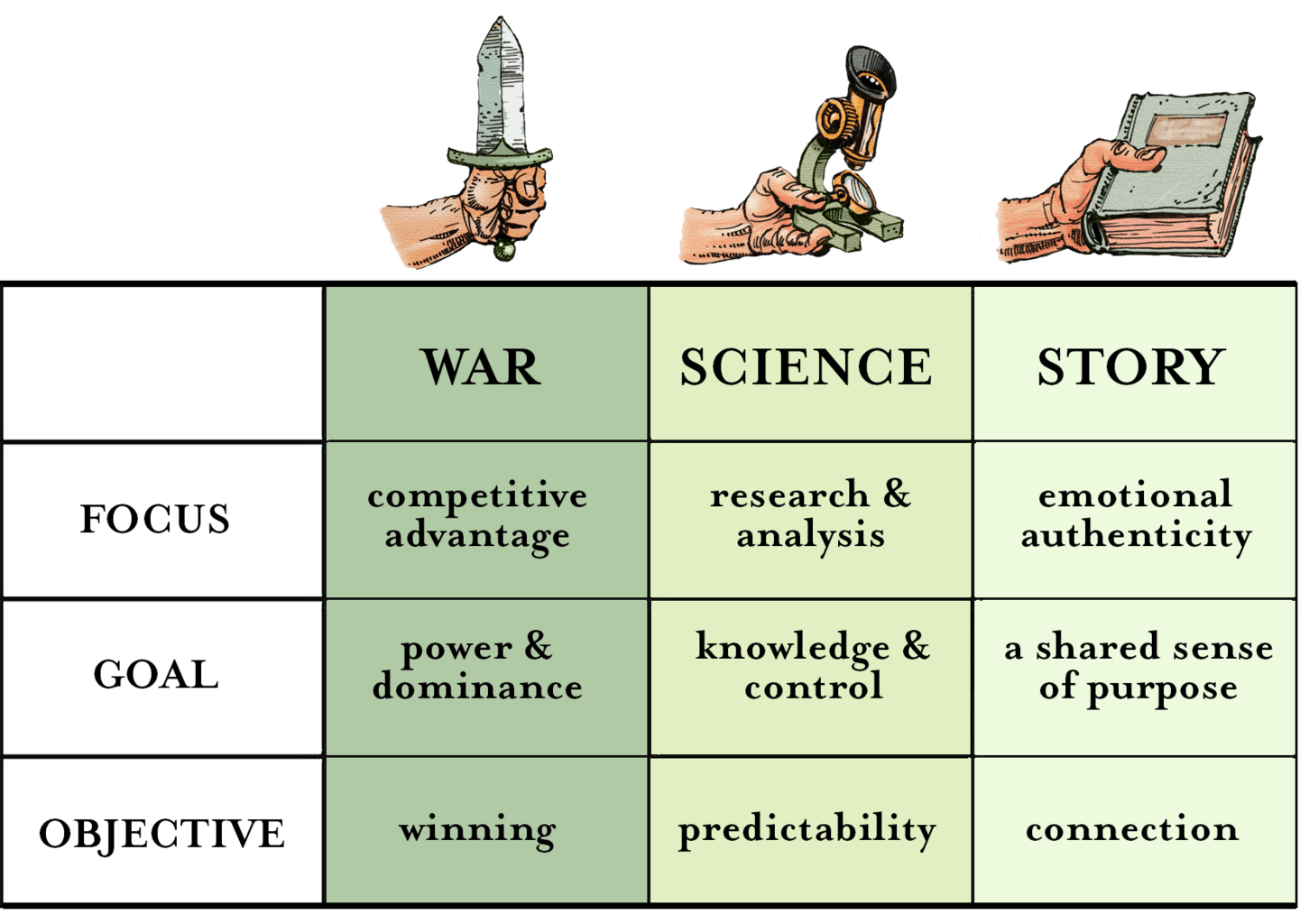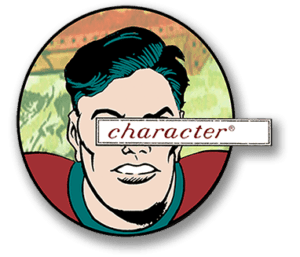story is a brand's most valuable asset
Based on decades of work at the intersection of entertainment and advertising, we have distilled and articulated the key principles that underlie great storytelling. We can help you understand why you are telling your story, what makes that storytelling most effective for your brand, and why your audience might care.
- Story is a sequence of events that communicates meaning. Your story is the meaning conveyed to your customers by everything your brand does and says.
- A brand that means nothing to its customers beyond the literal attributes of the product or service it offers is in a commodity business.
- On the other hand, a relationship that supports a premium price implies that your brand means something to your customers beyond just exchanging goods or services for money. That premium represents the principle intangible value for most brands.
STORY is the key asset that enables a brand to command a premium.
what is story theory?

We use metaphors all the time to think about complex things in more simple terms. The two metaphors people routinely use when thinking and talking about business are WAR and SCIENCE.
Business as war is focused on competitive advantage. Business as science is focused on measurement and analysis. You have to be good at war and science to run a successful business. But these metaphors are not useful when trying to build an emotional relationship with your audience. In the war metaphor, your primary relationships are with your competition. Your customers are just the territory you are fighting over. In the science metaphor, your customers are your experimental subjects—the lab rats.
STORY is a third metaphor, focused on connection. In the story metaphor, your customers are your audience, and your goal is to reach them through a shared sense of meaning and purpose.

story framework
Story, whether presented as a movie, a TV show or a series of brand communications, has two principal components: story telling and story framework. Storytelling is the how—the details and expression of the story. Story framework is the why—both why you are telling the story and why the audience should care.
If you visualize a story as an iceberg, the storytelling is the tip of the iceberg—the part the audience can see—while the story framework is the part below the waterline that floats that visible tip. While the storytelling is explicit, the story framework is often understood only by intuition. This works perfectly well for stories that originate with a single author. But with serialized stories told over an extended period of time, by multiple storytellers, a clearly articulated story framework is a powerful and necessary tool. This is true with episodic television, and it is equally true when it comes to communicating the meaning of a brand over time.
If you have a brand that has any value in the minds of its customers, then your brand has a story framework that is both authentic and unique.

principles
There are three key principles that distinguish story from mere information.
- Conflict is the engine that makes the story go. A story doesn’t start until a conflict begins and doesn’t end until it’s over. Conflict creates an immediate emotional connection that hooks the audience and maintains their interest. When you encounter a story built around a conflict you experience in your own life—like the conflict between safety and freedom, for example—you recognize yourself in the story and are likely to feel personally engaged by it. The first step in articulating your brand’s story is to get a handle on the conflicts that drive it.
- Meaning makes a story feel valuable. Meaning is the central belief a story expresses. The meaning of a story is like a valuable gem of wisdom the storyteller imparts about how to live with a conflict that cannot be resolved. Articulating the meaning of your brand defines the emotionally compelling reason your brand is in business.
- Purpose demonstrates the meaning of your story through action. Once you understand the conflict that drives a story and the meaning it is meant to convey, you unlock the purpose. Purpose is what you are driven to do as a result of your belief in the meaning. Purpose is the reason you exist and the origin of the actions you take. Stories are galvanizing for a brand to the degree that they communicate a purpose the audience shares with the brand.
